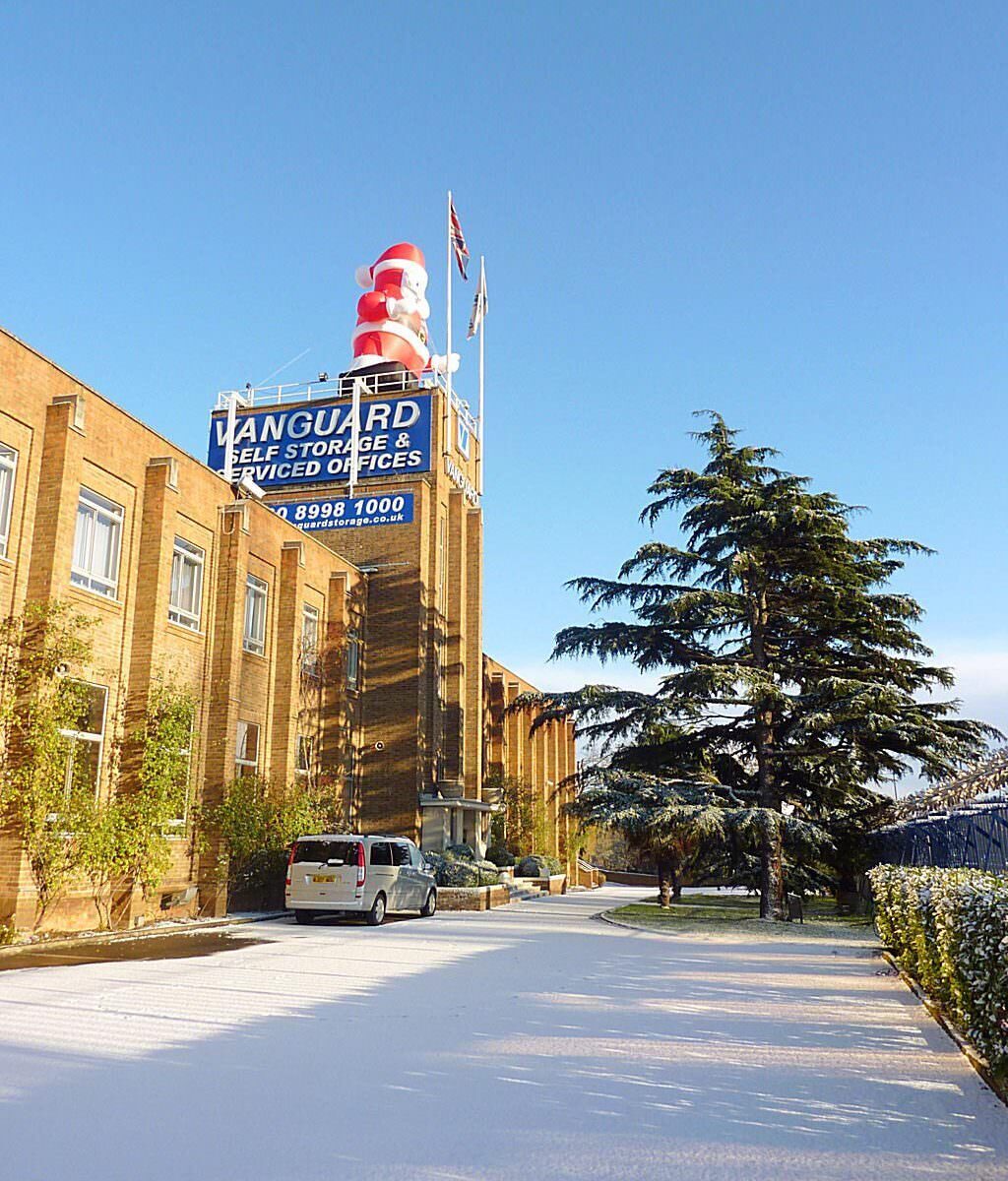
Father Christmas: A symbol, a legend. A man with more pseudonyms than a gentleman spy, and a popularity that rockstars can only dream of. He laughs in the face of physics, he finds the gale force icy wind rather tickling. He has a vehicle much more exquisite than an Aston Martin and he is known of being able to tame reindeer. And, according to the number of households with children, he drinks at least twelve million sherries and mulled wines a night just in the UK. We can`t really blame him, he must get really thirsty over the 364 days he is not drinking. But who is this man really? Not even a man, actually, but a deity.
Prior to the Christian influence, Germanic People told tales about a figure that was riding the midwinter sky on the night of Yule, visiting people on his eight-legged steed, bearing gifts. This figure was no less than the Norse god Jólnir or, as most of us know him, Odin. There is an uncanny resemblance to Father Christmas. And for very good reason. Yuletide slowly became known as Christmastide and following some image alterations, the figure became Father Christmas.
The first recorded personification of Christmas dates back to the fifteenth century and attributed to Richard Smart, the rector of Plymtree. Sir Christemas was not the portly old man distributing presents to the children, but a benevolent figure bringing news of Christ`s birth and encouraging festive folks to eat and drink. Sherry and mulled wine was involved again. He often wore a greenish tan outfit. With the rise of puritanism, the existence of pre-Reformation customs was in danger. In a heap of debate over keeping or discarding this particular tradition, supporters began referring to him as a merry elderly gentleman, Old Father Christmas. Up until the Victorian era, he was associated with adult festivities, mainly eating and drinking. And mulled wine. I am starting to see a pattern here.
Although Father Christmas and Santa Claus became and interchangeable figures in the UK, the rest of Europe widely recognises the character as Father Christmas who is known to reside in the Finnish mountains of Korvantunturi. He is living there with her wife and his assistants, the joulutonttu who are not elves but humans and dwarfs. And they ride goats. Quite wonderful, no? Father Christmas is rather straightforward. Usually he is not sneaking around chimneys and roofs, he often just knocks on your door and asks if there are any well-behaved children in the household.
There are anthropomorphic forms of the winter spirit that do not arrive on Christmas Eve. In Hungary for example, Saint Nicholas arrives on the eve of 5 December instead. He is a very strict but also a very fair man, an excellent judge of character. He distributes apples, oranges, sweets and nuts to well-behaved children, and misbehaving little scoundrels like me were always rehearsing our well-behaved children act for weeks before St Nicholas arrived.
St Nicholas has a range of different associates. In Austria, Slovenia, Croatia and Hungary, he is accompanied by the Krampus, a tamed daemon dragging his chains to beat naughty children with them. Weeks before the Saint`s arrival, Dutch children used to meet Zwarte Piet (“Black Peter”), a Moor from Spain who is there to entertain and amuse the good kids, and to bag and carry away the misbehaved ones. In the United States he is aided by elf toymakers and in Iceland, there is actually not one, but thirteen figures, known as the Christmas Lads. Some of them used to eat children in old folklore. Better keep an eye out if you were naughty.
Following the revolution in Russia, everything bourgeois and religious was banned or, as the politicians say, actively discouraged. The figure and the festive spirit it represents could not be erased or course, it just required a tender, careful approach. Therefore the people has chosen a character that predates Christianity. The Slavic wizard of winter, Ded Moroz (“Grandfather Frost”) emerged rather quickly. Nowadays, he is roaming the frozen Russian landscape accompanied by his granddaughter, Snegurochka (“Snow Maiden”), visiting children on New Years Eve and fighting off the evil witch, Baba Yaga, who wants to steal their gifts. He rides a troika, not a sleigh. And has absolutely nothing to do with Father Christmas. He is even known to wear a blue suit on occasion!
The signature red suit Santa Claus wears is originated from caricaturist Thomas Nast and was popularised in the 1930s by Haddon Sundblom who painted advertisements for Coca-Cola. Prior to this, he was known wearing colours closer to mother nature: mainly green, tan and brown.
Father Christmas, Hogfather, Sir Christemas, St Nicholas, Santa Claus, Ded Moroz are slightly different characters who ultimately serve the same role: spreading the jolly good spirit of the festive season.
And where does he reside prior to Christmas Eve? On Vanguard`s roof of course!